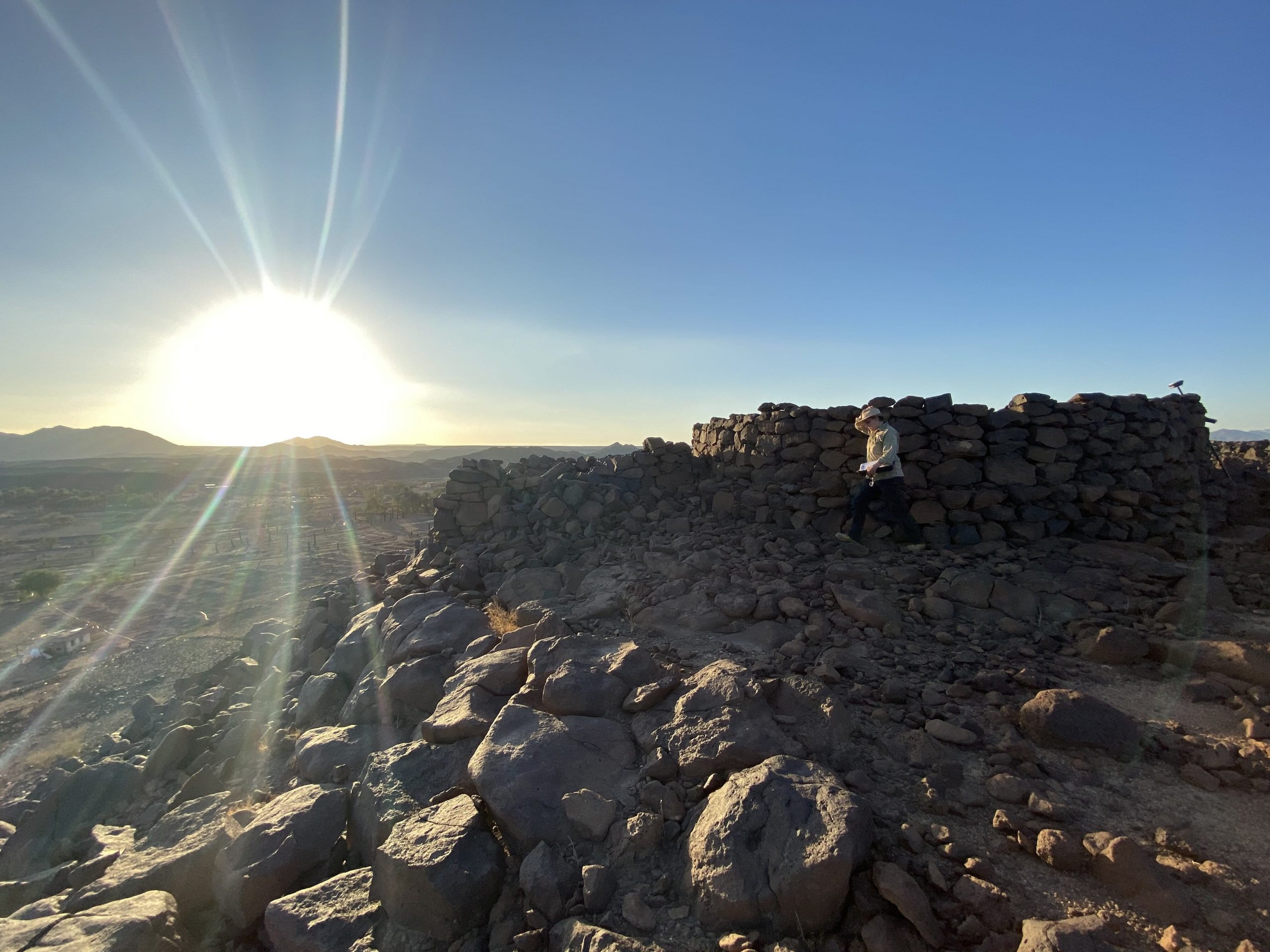History & Heritage
1.12.2022
Archaeological findings reveal a 4,500-year-old civilization in Saudi Arabia

Tombs that reveal a developed ancient society Under the aegis of the Royal Commission for AlUla (RCU), established to protect and safeguard the natural and historical heritage of this desert oasis, the UWA team of archaeologists discovered what appear to be “burial avenues” spread over 160,000 square kilometers in Al Ula, in northwestern Arabia. They […]
Tombs that reveal a developed ancient society
Under the aegis of the Royal Commission for AlUla (RCU), established to protect and safeguard the natural and historical heritage of this desert oasis, the UWA team of archaeologists discovered what appear to be “burial avenues” spread over 160,000 square kilometers in Al Ula, in northwestern Arabia. They have identified more than 17,800 tombs through the analysis of satellite images, soil excavations and aerial photographs. These gigantic funeral avenues suggest to experts that the civilizations of the region were socially and economically connected: indeed, these avenues formed long roads that linked oases or pastures, places essential to ancient civilizations to cultivate land, livestock, and harvest water.

A dense ‘funerary avenue’ flanked by Bronze Age tombs, leading out of Khaybar Oasis in north-west Saudi Arabia.
The results of this archaeological research, published in the renowned scientific journal The Holocene, are praised by Rebecca Foote, director of archaeology and cultural heritage research at RCU: “It is terrific to see how analyses of the data are elucidating so many aspects of life from the Neolithic to the Bronze Age in north-west Arabia. These articles are just the beginning of the many publications that will advance our knowledge of prehistoric to modern times and have significant implications for the wider region.”
The 4th discovery of the year in the country
The research was done as part of the 15-year plan “The Journey Through Time” launched by the RCU to discover the cultural and natural heritage of Al Ula and Khaybar oases. According to the first research established by experts from all over the world, the first traces of human existence in Al Ula date back to 200,000 years ago…
The discovery of these tombs is moreover the 4th of the year: last August, other tombs in the shape of a pendant were discovered in Khaybar by the same team of archaeologists, who date them to 3,000 years before our era. These are only the first steps in the research at the Khaybar site.

A dense ‘funerary avenue’ flanked by Bronze Age tombs, leading out of al ‘Ayn Oasis near Khaybar in north-west Saudi Arabia.
After other analyses, the team also discovered last April that the mustatils, these rectangular structures erected as monuments or spread out on the ground, are in fact much older than what was supposed, and would date back to more than 7200 years. Finally, in March, archaeologists discovered the oldest remains of a domesticated dog in Arabia.
All the results of this research have been published in various prestigious scientific journals, such as Antiquity or the Journal of Field Archaeology.
For Amr AlMadani, CEO of the URC, there is no doubt that these finds are just the first of many in the country: “The work done by our archaeological teams in 2021 demonstrates that Saudi Arabia is a home for top-flight science – and we look forward to hosting more research teams in 2022″ he said.
popular

